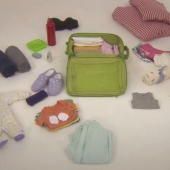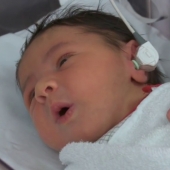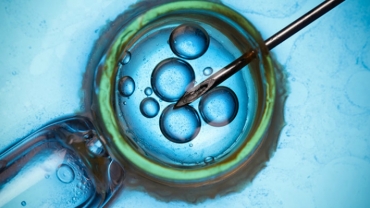This is a question that almost every soon-to-be mother asks. It fills us with trepidation, excitement, and even fear. So what does labor feel like? The answer is a little different to everybody because, of course, labor is as individual as the women who experience it.
Labor can be broken down into these parts:
Pre-labor, Early labor (first stage), Active labor, Transition, Pushing (second stage), and Delivery of the placenta (third stage).
Pre-Labor: Pre-labor is often called “braxton-hicks” and can begin early on in pregnancy, sometimes as early as 20 weeks. Women often begin feeling braxton-hicks earlier in their pregnancy the more babies they have. Named for the man who first described them, an English doctor named John Braxton Hicks, they have been talked about for hundreds of years.
Early Labor: Early labor is aptly named and just defines the part of labor that is early, or the beginning. Unlike pre-labor contractions, early labor contractions are regular, will not stop with eating, drinking water, or rest. Early labor contractions will be regular but not close together. If timed, they usually last less than a minute and are not intense, though they are noticeable. Early labor contractions can feel like tightening or rhythmic menstrual cramping.
Active Labor: As these contractions become more regular, stronger, longer and closer together, a woman will enter what is known as active labor. The majority of labor is, most often, experienced here. Dilation is happening as the cervix opens and shortens and the baby may start to move down.
What does active labor feel like?
This part of labor feels more serious and like the “work” that labor is named for. At times, there are feelings of pressure as the baby turns and moves downwards putting more pressure on the cervix. Women will feel these active labor contractions closer together, often about five minutes apart and lasting about a minute or so long.
Transition: Transition is the part of labor that people often fear. This intense part of labor happens right before the pushing phase and can be a time of rapid dilation. Not all women will notice an overwhelming transitional phase of labor, but those who do certainly don’t forget it.
Transition is often the shortest part of labor, typically lasting between 15 to 30 minutes. It can feel overwhelming and what many would call “painful”. This time of hard work will yield a reward, though! When transition is over, pushing begins and the baby will soon arrive.
Pushing (Second Stage Labor): The urge to push is often an exciting change of pace. Pushing, like any other part of labor, can feel different for different people. For some, pushing is painless and exciting. The feelings of pressure can be overwhelming and impossible to fight. Many women describe the initial pushing sensations as the “need to poop”.
The baby is big and is pressing down on the same parts of the body and triggering the same reflexes as a bowel movement would. The urge to “go” or “poop” is a good thing and helps direct the body to effectively push. When mom has triumphantly passed through transition labor without any medication, she will be aware and able to feel and work with her body through this important and physically active part of labor.
The Delivery of the Placenta (Third Stage of Labor): The last stage of labor is the delivery of the placenta. Many women barely notice this part of labor.Breastfeeding can help the uterus contract after the delivery of the baby and cause “after-pains” or mild contractions that help the uterus clamp down and help the placenta deliver.
Often care providers will just tell a woman to “cough” as they gently tug on the cord AFTER the placenta has detached. The placenta is soft and usually comes out easily, with little or no pain. Once the placenta detaches and is sitting in the uterus it can feel heavy and delivering it will feel like a relief.
About video: OB/GYN Pam Lewis talks about what labor feels like for many women.
- 7437 views













